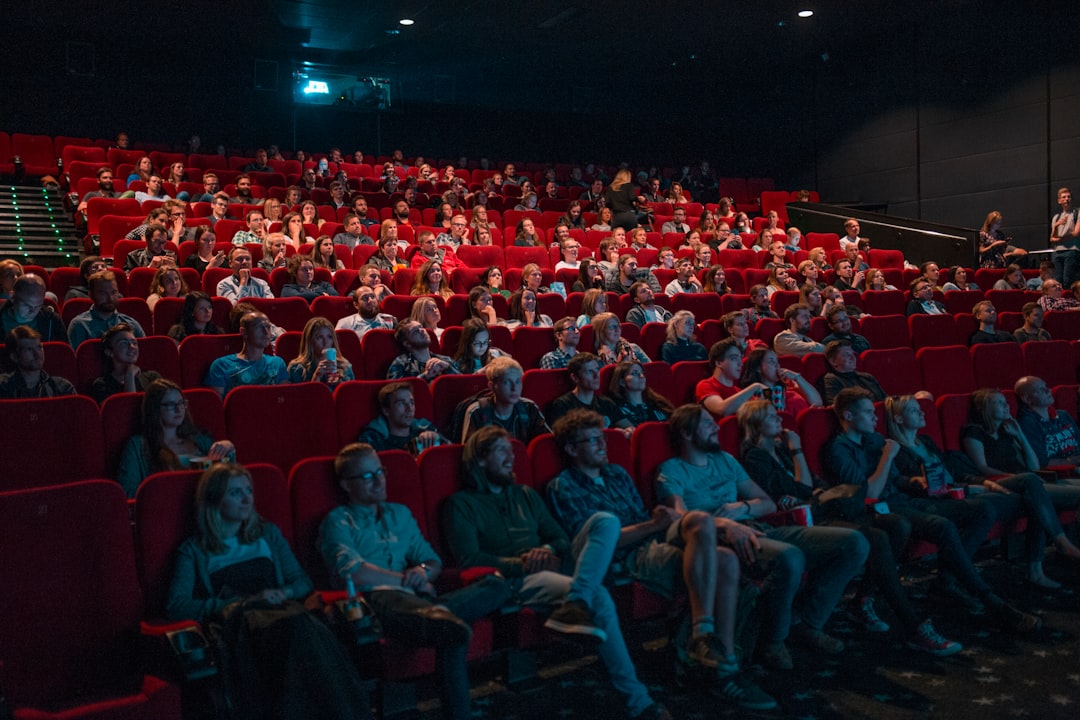What is it about?
This paper explores the potential of combining ethnographic methods with animation practice to re-discover the use of spirituality in animation. The study focuses on the Brazilian martial art and it's connection to the religion of Candomblé.
Featured Image

Photo by Raphael Nogueira on Unsplash
Why is it important?
There has been an increase in practitioners working within the genre of documentary animation, engaging with participatory and ethnographic methods. This paper unravels these methods in discussion around the themes of slavery, migration, colonialism and the lack of representation of Africa and the black experience in animation practice and animation studies.
Perspectives
This article connects many scholars and practitioners that are also producing similar work within this field, most of which I have yet to meet in person. It has created the foundation for further research at doctoral level. I am very excited to create a new body of work over the next 3 years which will involve travelling to Nigeria and Brazil. Most importantly, I hope that I will be able to contribute significantly to critical race theory across the African diaspora.
Mary Martins
Royal College of Art
Read the Original
This page is a summary of: Capoeira: An exploration of animism and the representation of the spirit through ethnographic animation, Animation Practice Process & Production, August 2020, Intellect,
DOI: 10.1386/ap3_000016_1.
You can read the full text:
Contributors
The following have contributed to this page










